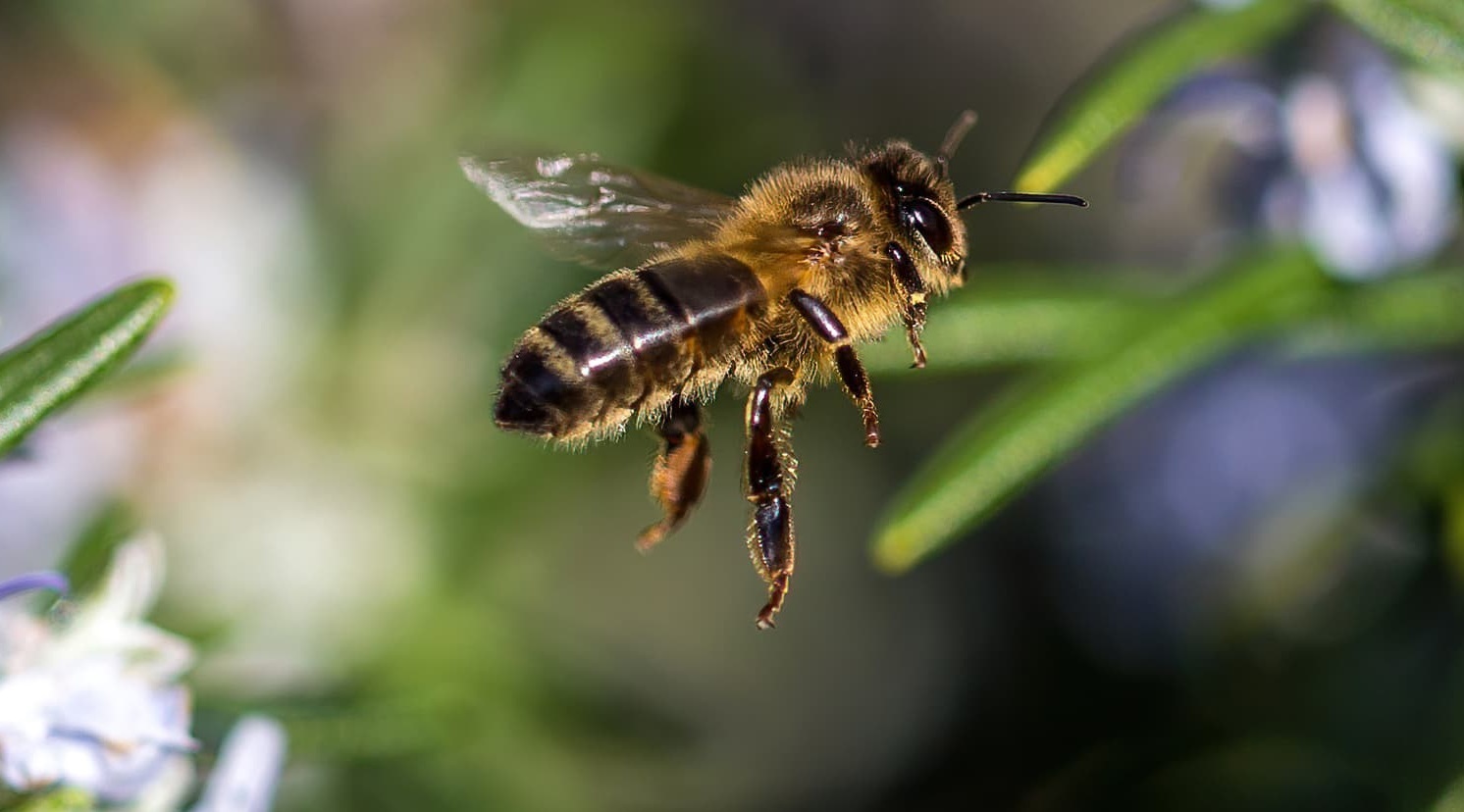
Image Source wildyards.com
Welcome to our fascinating exploration into the world of bees and their extraordinary senses. In this article, we will delve into the question that has intrigued many: do bees smell fear? We will uncover the truth behind this common belief and shed light on the incredible olfactory capabilities of these tiny creatures. Additionally, we will discuss the environmental impact of bees, their role in sustainable agriculture, and the importance of bee conservation for our planet’s flourishing ecosystem.
The Olfactory Superpowers of Bees
The Science Behind Bee Olfaction
Bees, particularly honeybees, possess an impressive sense of smell that allows them to navigate their complex surroundings. Their olfactory receptors are incredibly sensitive, enabling them to detect a wide range of scents and chemical signals. These receptors are located in their antennae, which they use not only for smelling but also for communication and locating food sources.
Bees and Fear: Myth or Reality?
It is often claimed that bees can detect fear in humans, leading to defensive behavior or even stinging. However, scientific studies have debunked this popular belief. Bees primarily respond to specific chemical signals released by predators, such as certain mammalian scents or alarm pheromones. Human fear does not emit these chemicals, thus making it unlikely that bees can detect fear alone.
The Intricate Dance of Bees: Communication and Cooperation
Bee Communication: The Waggle Dance
Bees possess a unique way of communicating known as the “waggle dance.” This captivating behavior involves intricate movements performed by worker bees to relay important information such as the location of nectar sources. Through various dance patterns and intensity, bees convey the direction, distance, and even quality of a food source to their hive mates.
The Organization Within the Colony
A bee colony operates with a remarkable level of social organization. Different members of the colony have specific roles, from the queen bee responsible for reproduction to worker bees carrying out various tasks such as foraging, nursing, and hive construction. This cohesive teamwork ensures the colony’s survival and productivity.
Understanding the Environmental Impact of Bees
Bee Pollination: A Crucial Ecological Process
One of the most vital contributions bees make to the environment is their role in pollination. Bees, as they visit flowers in search of nectar and pollen, inadvertently transfer pollen grains from the male reproductive parts (anthers) to the female reproductive parts (stigma) of flowering plants. This process facilitates fertilization, enabling plants to produce fruits and seeds.
Sustainable Agriculture and Bee Conservation
Bee conservation plays a pivotal role in maintaining sustainable agriculture. Since bees are key pollinators for many crops, their presence ensures bountiful harvests and fosters agricultural diversity. By protecting and providing suitable habitats for bees, we can support sustainable farming practices and mitigate the negative impacts of monoculture.
A Detailed Breakdown of Bee Species and Their Characteristics
| Bee Species | Characteristics |
|---|---|
| Apis mellifera (Honeybee) | Highly social insects known for producing honey and beeswax. They have a complex caste system with distinct roles and perform intricate dances. |
| Bombus spp. (Bumblebees) | Large, furry bees that are excellent pollinators. They create small colonies and exhibit characteristic buzzing flight. |
| Halictidae (Sweat Bees) | Small to medium-sized bees often observed foraging on flowers. They are attracted to human perspiration, hence the name “sweat bees.” |
Frequently Asked Questions About Bees and Fear
Q: Can bees smell fear in humans?
A: No, bees cannot specifically detect fear in humans. Their defensive responses are primarily triggered by specific chemicals released in the presence of predators or alarming situations.
Q: What scents or signals attract bees?
A: Bees are attracted to a variety of scents, including floral fragrances, nectar, and pollen. They also respond to pheromones released by other bees, which help coordinate their activities within the hive.
Q: Do bees sting when they sense fear?
A: Bees sting as a defense mechanism when they feel threatened or perceive a danger to their colony. Fear alone is not a sufficient trigger for defensive behavior.
Q: What are some common misconceptions about bees?
A: Some common misconceptions include bees being aggressive or stinging unprovoked. In reality, bees are generally docile and only sting when they perceive a threat to their hive or themselves.
Q: How can I avoid getting stung by bees?
A: To minimize the risk of getting stung, it is advisable to remain calm and avoid sudden movements when bees are present. Wearing light-colored clothing and avoiding the use of strong fragrances can also reduce the chances of attracting bees.
Conclusion
While bees possess remarkable olfactory abilities, the notion that they can smell fear in humans appears to be a myth. Their sense of smell is predominantly utilized for locating food sources, communicating within their colony, and detecting specific chemical signals. Understanding the intricacies of bees and their role in our ecosystem is crucial for promoting their conservation and fostering a sustainable environment for both bees and humans.